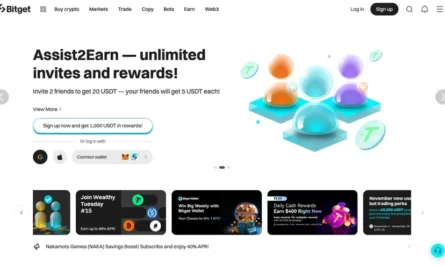Ethereum’s Account Abstraction: Making Transactions Easier and More Secure
Ethereum developers are working on making the Ethereum blockchain more user-friendly. One of the challenges of using cryptocurrency is the cost of simple mistakes, such as losing the keys to a crypto account which can lead to losing access to crypto holdings forever. In order to make cryptocurrency more mainstream, blockchain developers are creating fail-safes and better ease of use.
One of these innovations is called “Account Abstraction” or AA. Account Abstraction aims to use smart contracts to execute crypto transactions, by creating certain validity rules. With Account Abstraction , users won’t need to sign off on every transaction with one’s private keys. This will make using Ethereum account as simple as using a bank account.
Currently on Ethereum, users have the ability to create two types of accounts: External Owned Accounts (EOA) and Contract Accounts (CA). EOA’s are the typical account type for Ethereum users, and with an EOA, users are given a pair of keys: a public and a private key. Anyone can send funds to an EOA using its public key, but only the account’s owner – whoever has access to the account’s private key – can initiate transactions from the account. Contract Accounts (CA) are mini computer programs that live on the Ethereum network, but they cannot initiate transactions on their own, an EOA needs to send a transaction to a CA to make transactions.
The problem with EOAs is that if a user loses their private key, they lose complete control over their account and funds. If someone else gets their hands on a user’s private key, they gain complete control over that person’s funds. AA addresses these shortcomings by merging EOAs and CAs, allowing people to create user accounts with built-in fail-safe mechanisms and other special features for verifying transactions.
In summary, Ethereum developers are working to make the Ethereum blockchain more user-friendly and accessible by creating fail-safes and better


